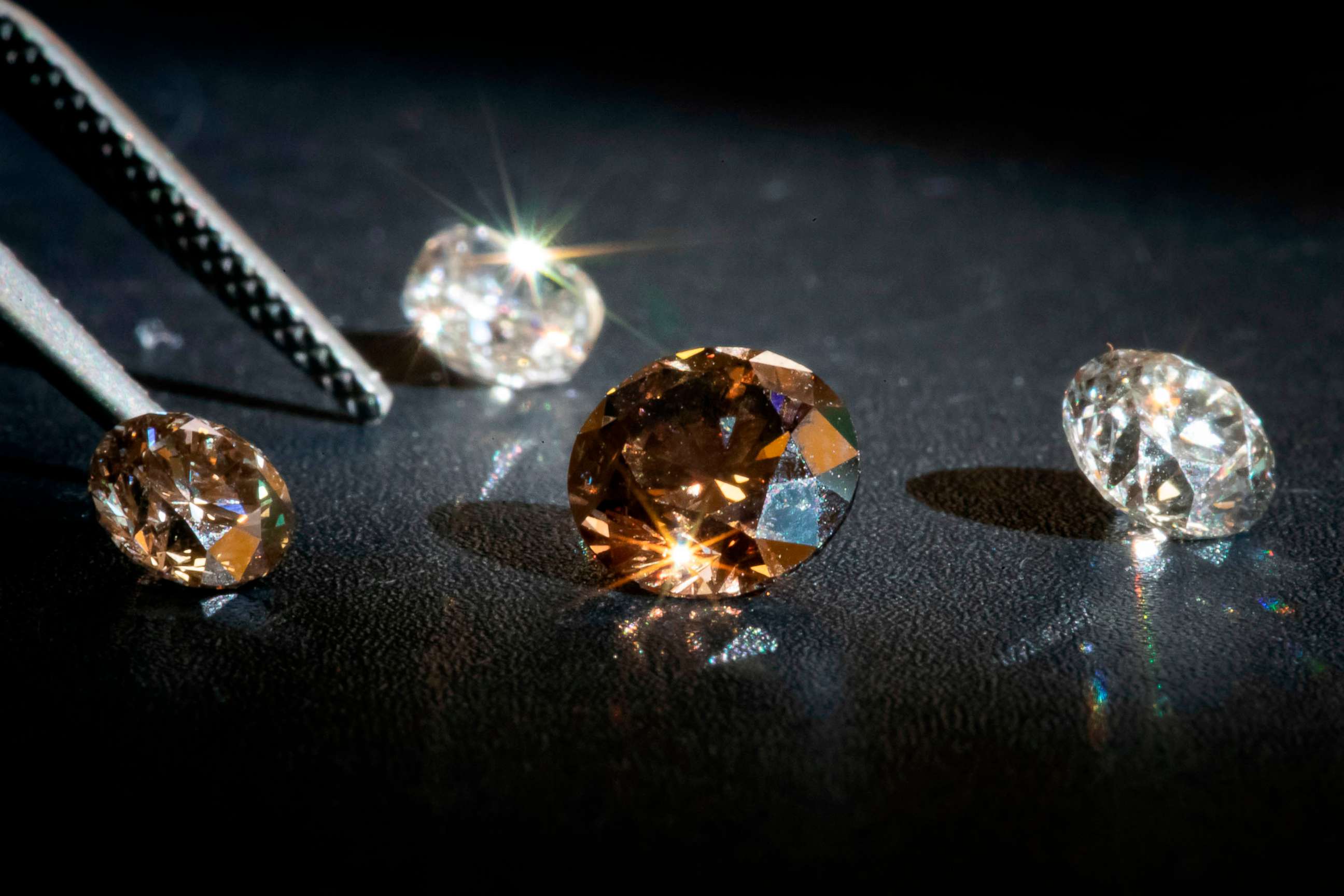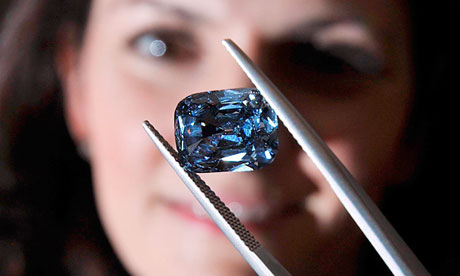Investing in Lab-Grown Diamonds: A Smart Alternative for Modern Investors
5 min read
Lab-grown diamonds have become increasingly popular in recent years, not just as an ethical and sustainable choice for consumers but also as a potential investment vehicle. As technology has advanced, producing diamonds in controlled laboratory environments has become more efficient and cost-effective, making them an attractive option for those looking to invest in alternative assets. Here’s why investment lab grown diamonds are catching the eye of investors and what potential they hold in the future.
What Are Lab-Grown Diamonds?
Lab-grown diamonds, also known as synthetic or man-made diamonds, are created using one of two primary methods: High Pressure High Temperature (HPHT) or Chemical Vapor Deposition (CVD). These processes mimic the natural conditions under which diamonds form beneath the Earth’s surface. The result is a diamond that is chemically, physically, and optically identical to its natural counterpart.
Unlike natural diamonds, lab-grown diamonds can be produced with greater precision in terms of size, color, and clarity. They are also typically priced lower due to the reduced production cost and the ability to create them in controlled environments.
Why Invest in Lab-Grown Diamonds?
Lower Price Point
One of the most compelling reasons to consider investing in lab-grown diamonds is their lower price relative to natural diamonds. Lab-grown diamonds can cost between 20% to 40% less than mined diamonds, offering investors an affordable entry point into the diamond market. This cost-efficiency makes them an attractive option for those looking to diversify their portfolio without committing to the premium price of natural diamonds.
Ethical and Sustainable Choice
Traditional diamond mining often comes with environmental and ethical concerns, including land degradation, water pollution, and human rights issues related to “blood diamonds.” Lab-grown diamonds, by contrast, offer a more ethical alternative. They are created in controlled environments, reducing the need for mining and helping to address concerns about the impact of the diamond industry on local communities and the environment. Investors who are interested in ethical investing might find lab-grown diamonds a good option for aligning their portfolios with their values.
Market Growth Potential
The lab-grown diamond market has been expanding rapidly in recent years. According to various reports, the market for synthetic diamonds is projected to grow significantly in the coming decade, driven by increased consumer awareness, demand for more affordable luxury goods, and advancements in technology. As the public becomes more accepting of lab-grown diamonds and their availability increases, demand is likely to rise. For investors, this growing market presents an opportunity for capital appreciation.
Resale Value and Liquidity
One concern for many investors is the resale value of their assets. While natural diamonds traditionally hold their value well over time, lab-grown diamonds are still relatively new to the market, and their long-term resale value is less certain. However, as the lab-grown diamond market matures, there is potential for these diamonds to hold or even increase in value. Moreover, as they become more mainstream, it’s expected that secondary markets will emerge, improving their liquidity and resale potential.
Customization and Innovation
Lab-grown diamonds can be tailored to precise specifications, including size, shape, and clarity, making them an attractive option for investors looking for unique and rare stones. As demand for personalized and custom jewelry grows, lab-grown diamonds could become the go-to choice for consumers seeking one-of-a-kind creations. This trend could further bolster their investment appeal, as well as the potential for innovation within the market.
Diversification
As with any investment, diversification is key to reducing risk. Adding lab-grown diamonds to an investment portfolio can provide diversification within the precious metals and gemstones sectors. While diamonds are often seen as a safe haven asset, lab created diamonds offer a lower-risk entry point, which could appeal to those seeking to balance traditional diamond or gold investments with something more affordable and sustainable.
Risks and Considerations
As with any emerging investment, there are risks to consider. While the market for lab-grown diamonds is growing, it’s still relatively new, and the long-term price trends are uncertain. Factors like changes in consumer demand, technological advancements, or regulatory changes in the diamond industry could impact the market for lab-grown diamonds.
Additionally, the fact that lab-grown diamonds are not as rare as natural diamonds could limit their potential for future price increases. Their value could also be affected by market sentiment or changes in the supply of these diamonds, especially as production technology advances and makes diamonds even cheaper to produce.
Finally, it’s important to note that the market for lab-grown diamonds is not as well-established as the natural diamond market. Investors should take care to buy from reputable sources and ensure they are purchasing high-quality diamonds that can hold value.
How to Invest in Lab-Grown Diamonds
Direct Purchase
The most straightforward way to invest in lab-grown diamonds is by purchasing them directly. Many online platforms and jewelry retailers offer a wide variety of lab-grown diamonds, and you can select based on size, color, and clarity. When purchasing for investment purposes, it’s crucial to ensure the diamonds come with certifications, such as from the Gemological Institute of America (GIA), which attests to their authenticity and quality.
Diamond Investment Funds
For those who prefer a more hands-off approach, investing in diamond-related funds may be an option. Some investment funds specialize in gemstones and lab-grown diamonds. These funds pool capital to purchase diamonds, which are then held in trust. Investors in the fund receive a share of any profits or capital gains from the sale of diamonds.
Jewelry Companies and Stock
Another way to gain exposure to lab-grown diamonds is by investing in companies that specialize in producing or selling them. Jewelry companies, such as Brilliant Earth, and diamond producers, such as De Beers, now have lab-grown diamond divisions. By purchasing stock in these companies, investors can indirectly benefit from the growth of the lab-grown diamond market.
Conclusion
Lab-grown diamonds are a unique investment opportunity in the evolving world of precious stones and luxury goods. Offering a lower price point, ethical advantages, and a growing market, they hold appeal for investors looking to diversify their portfolios. While there are risks associated with investing in this emerging market, the potential for both financial and ethical returns makes lab-grown diamonds a fascinating asset class for the future. As the market matures and technology improves, these diamonds could become an integral part of the global gemstone industry, offering opportunities for savvy investors who understand the nuances of this exciting market.




